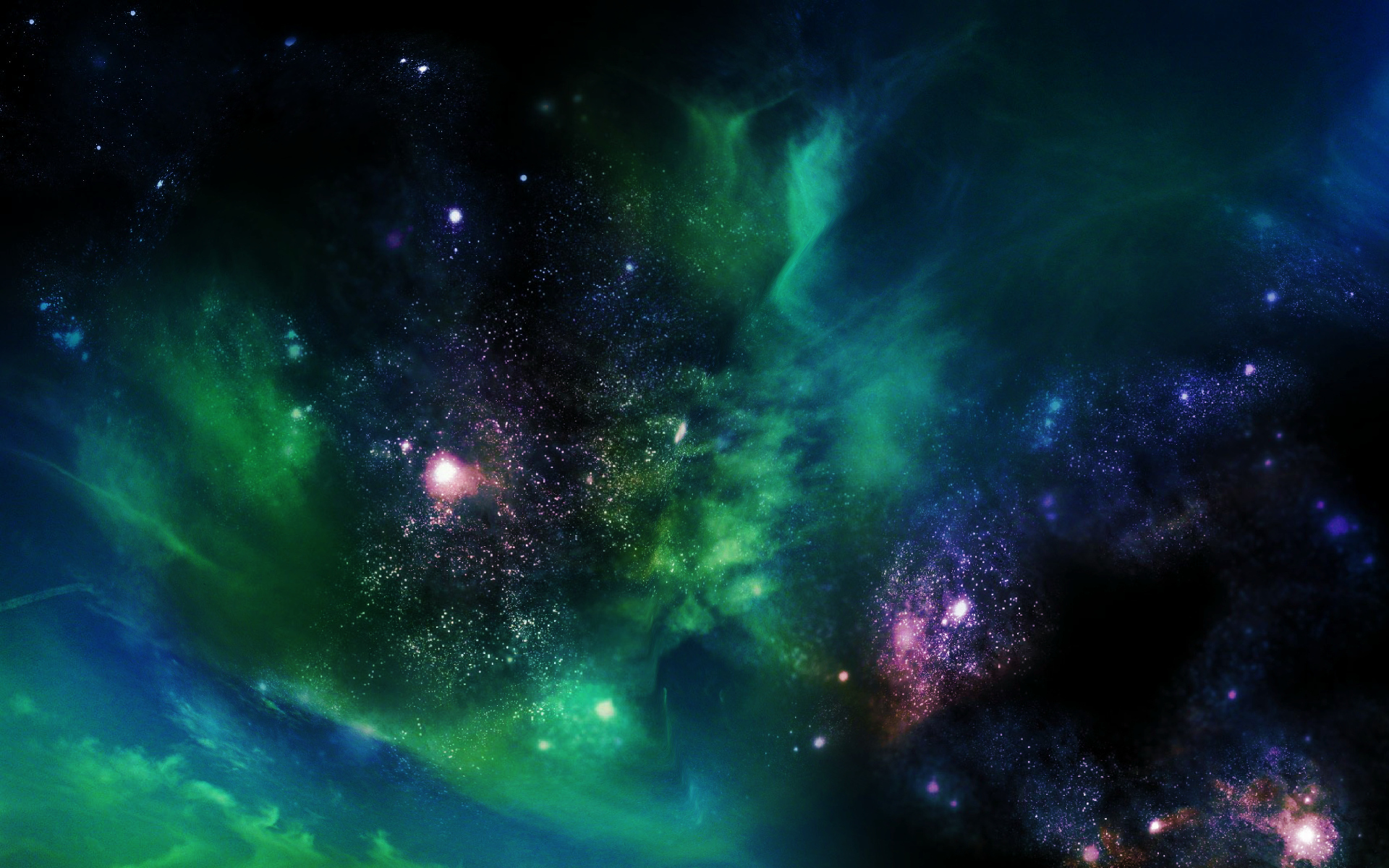
If successful, the October 19th landing would be a historic first for Europe

A team of ex-NASA scientists is now seeking private funding to scour the Alpha Centauri system for habitable planets.

After re-examining data acquired by the Voyager 2 spacecraft, astronomers have detected wavy patterns in two of Uranus's dark system of rings' patterns that may be indicative of two undiscovered moons.

Astronomers have performed an accurate census of the number of galaxies in the universe. There are at least 10 times as many galaxies in the observable universe as previously thought.

Scientists have identified a new dwarf planet in our Solar System, and it's lurking way out in the edges, some 13.6 billion km from the Sun.

In December, NASA put out a call for adventurers interested in interplanetary exploration. A vast pool of applications will be cut to 120 finalists, who will vie to become part of NASA’s next class of eight to 12 astronauts.

Despite the headlines, no alleged signals from ET have ever been confirmed. Yet far from being put off their search, scientists are stepping it up.
The data was collected when the spacecraft made its first orbital pass of the gas giant on Aug 27, 2016, with all spacecraft instruments turned on. The frequency range of these signals is from 7 to 140 kilohertz.

A star with the unassuming name of KIC 8462852 in the constellation Cygnus has been raising eyebrows both in and outside of the scientific community for the past year.
New gravity data from recent Cassini flybys of the giant planet suggest that Dione's crust floats on an ocean 62 miles below the surface, and may harbor microbial life.
The Rosetta spacecraft ended its historic mission by crashing on the surface of the dusty, icy comet. It has spent 12 years chasing in a hunt that has provided insight into the early days of the solar system and captured the public's imagination.

Scientists have found the first gamma-ray binary in another galaxy and the most luminous one ever seen.

An advanced dark matter detector that hopes to find a rare collision between a dark matter particle and normal matter has just been approved in the US
NASA's Hubble Space Telescope took direct ultraviolet images of the icy moon Europa transiting across the disk of Jupiter. Out of ten observations, Hubble saw what may be water vapor plumes on three of the images.

Elon Musk finally revealed his plans for a mission to Mars today. But a new set of images from SpaceX show the Interplanetary Transport System going even further in the solar system than the Red Planet.